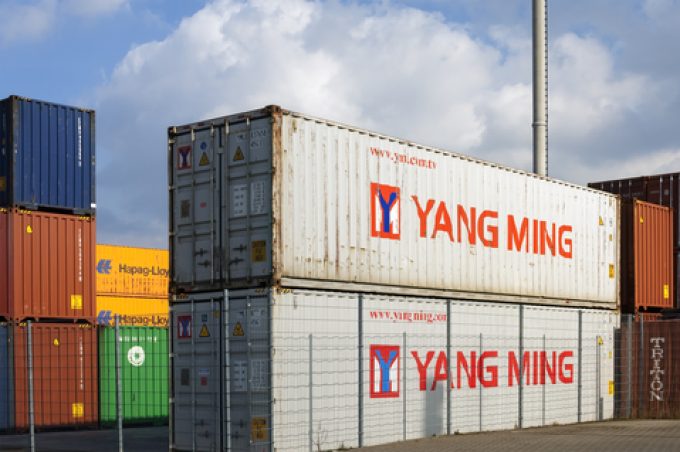Disconnect: time-charters and the freight market
Time to jump off?

Yang Ming chief financial officer Peter Su said today he believes container shipping has become so chaotic that it is hard to explain port omissions and skipped sailings to shippers
Mr Su said: “Ships have had to detour round the Cape of Good Hope because of the Red Sea situation and this has hindered operations, because it has tightened the availability of ships and containers.
“This is beyond any shipping company’s control.
“The market has become chaotic to the point that it’s impossible ...
Volcanic disruption at Anchorage could hit transpacific airfreight operations
Macron calls for ‘suspension’ – CMA CGM's $20bn US investment in doubt
Forwarders stay cool as US 'liberation day' tariffs threaten 'global trade war'
De minimis exemption on shipments from China to the US will end in May
Shippers snap up airfreight capacity to US ahead of tariff deadline
Tighter EU import requirements proving 'a challenge' for forwarders
Looming Trump tariffs will create 'a bureaucratic monster' for Customs

Comment on this article